
With fall weather settling across the United States, seasonal drinkers are getting ready to start reaching for a stout beer, if they haven’t already.
Stouts are a boldly flavored ale. That means they are made with top-fermenting yeast, like an IPA, but are defined largely by a small portion of their malt bill that includes roasted barley. It is actually remarkable how little of a dark malt it takes in the brewing process to give a beer the familiar dark color of a stout.
While stouts generally get the rap of being heavy, that truly comes mostly from their flavor. The dark malts impart a deep roasted flavor, often presenting as coffee and chocolate, even if there are no adjunct flavors added to the beer.
Despite those deceptive flavors, stouts have an incredible range as beers. They can be as light as 4% alcohol-by-volume or approach upwards of 20%. The flavors too can carry from lighter malty flavors to heavy, boozy notes.
Here’s a quick guide to various styles of stouts.
Irish Stout
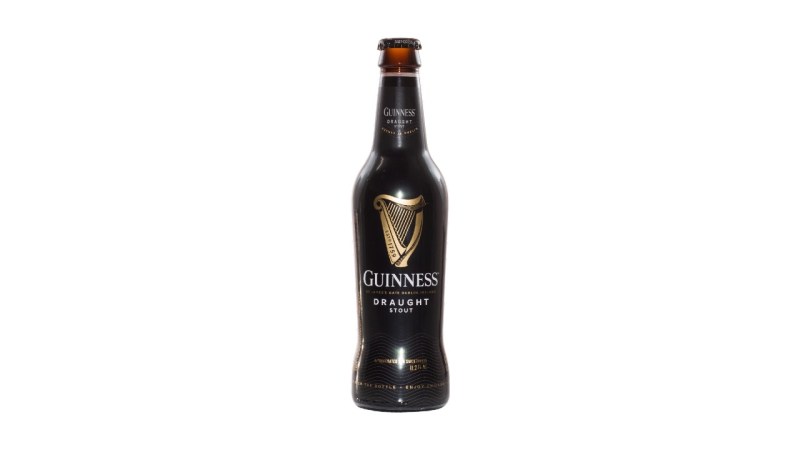
We’ll start with Irish stouts since they are probably the most well-known because of a little beer called Guinness. For years, most Americans knew two styles of beer: American light lagers and Guinness.
Guinness is a dry stout that is the world’s best-selling stout. It can be served on nitro, giving it an extra creamy feeling with a long-lasting head.
It’s a relatively simple stout that relies on the roasted barley in its recipes to impart the flavors. The beer does include quite a bit of hops. But dry Irish stouts also are deceptively light, with a Guinness clocking in at 4.2% and just 125 calories.
Top Examples: Guinness Draught, Murphy’s Irish Stout
American Stout
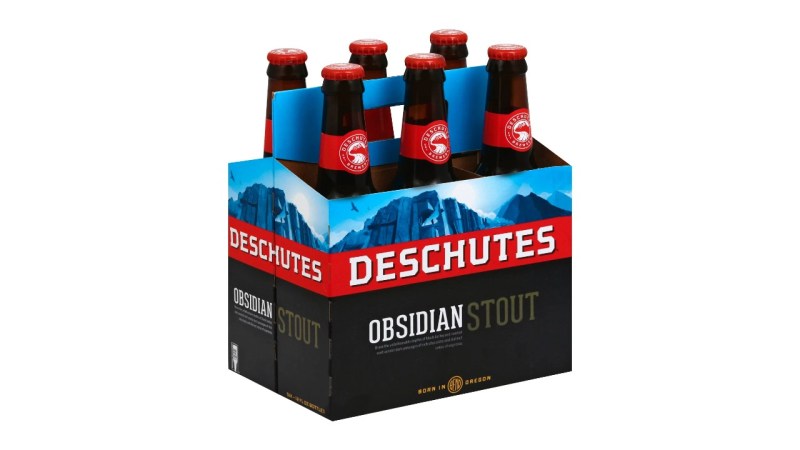
American stouts are, naturally, the American take on stouts. Like Irish stouts, brewers let the dark malts shine, letting drinkers taste massive amounts of coffee and chocolate despite not having any added into the recipes.
As is the case with most styles Americans have put their own spin on, these stouts do have a bigger hop presence than a prototypical stout. They’re also a bit boozier than Irish stouts.
Best Examples: Deschutes Obsidian Stout, Sierra Nevada Stout
Milk Stout
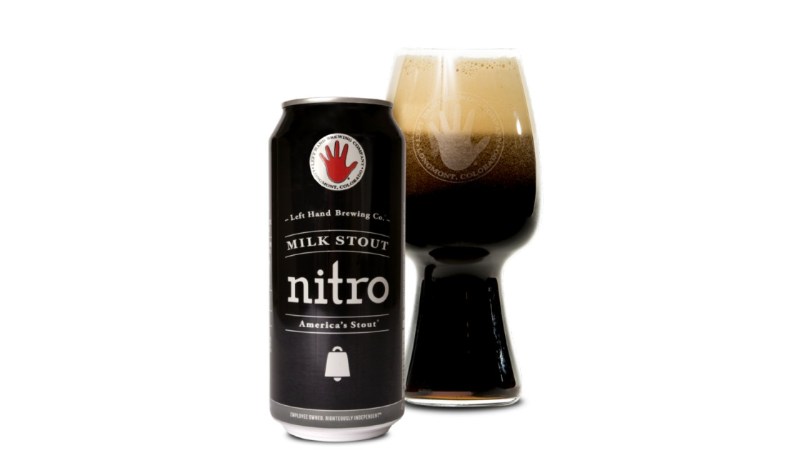
Milk stouts have quickly become a favorite style of stout, one that might now rival the most well-known stout among American beer drinkers.
Through the addition of lactose sugar, milk stouts are a touch sweeter than other stouts. But it’s not overly sweet, just enough to balance out the bitterness left from the dark malts. Many milk stouts can be poured with nitro, like an Irish stout, giving them a nice, creamy body.
Best Example: Left Hand Milk Stout
Oatmeal Stout
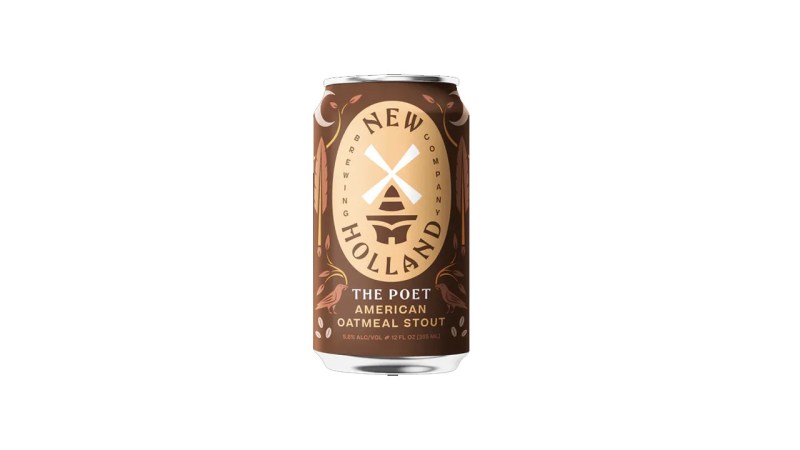
Oatmeal stouts get their name because, well, brewers added oats to their stout recipe.
The oats give the final beer a nice creaminess and a certain richness that cuts through any bitterness from the roasted grains giving it a dark color.
Best Example: New Holland Brewing The Poet, Firestone Walker Velvet Merkin
Coffee Stout
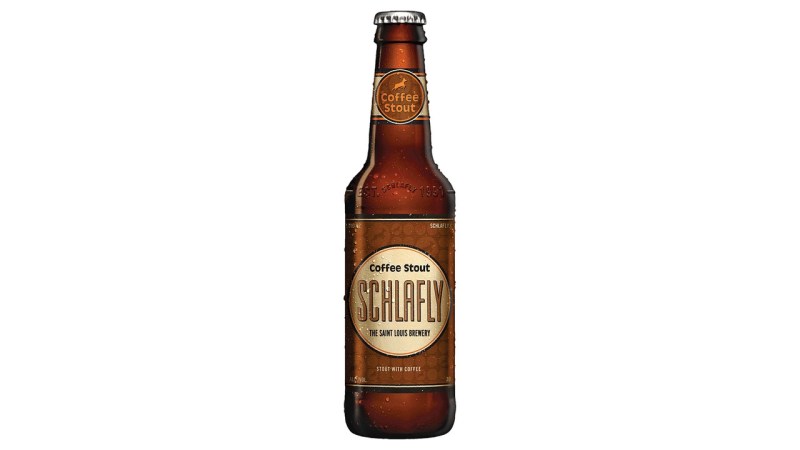
Stouts already carry a strong coffee-like flavor, stemming from the dark, roasted grains. Now, brewers are adding coffee straight to the recipes to amp up that already-existing coffee flavors.
Depending on how the coffee is incorporated into the beer, the flavors can vary drastically. Likewise, the coffees can offer a variety of flavors just based on the type of coffee is used, as the craft coffee movement in the U.S. has opened up a world of flavors to coffee drinkers.
Best Example: Schlafly Coffee Stout
Pastry Stout
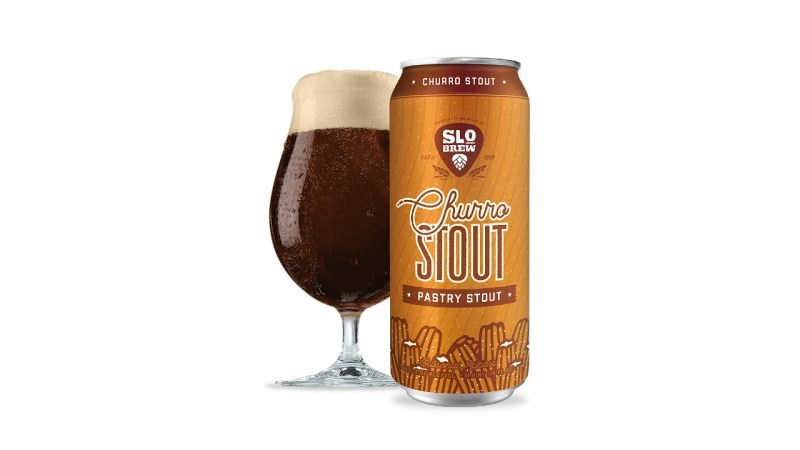
The newest craze in the stout world, pastry stouts are often nearly, or simply are, cloyingly sweet.
That’s in large part because brewers will throw in everything but the kitchen sink into a pastry stout recipe. They often, quite literally, have pastries thrown into the brewing process. The flavors can be out of this world, but the beer can also be so intense a drinker might only want a few sips.
Best Example: Perennial Artisan Ales Abraxas
Russian Imperial Stout
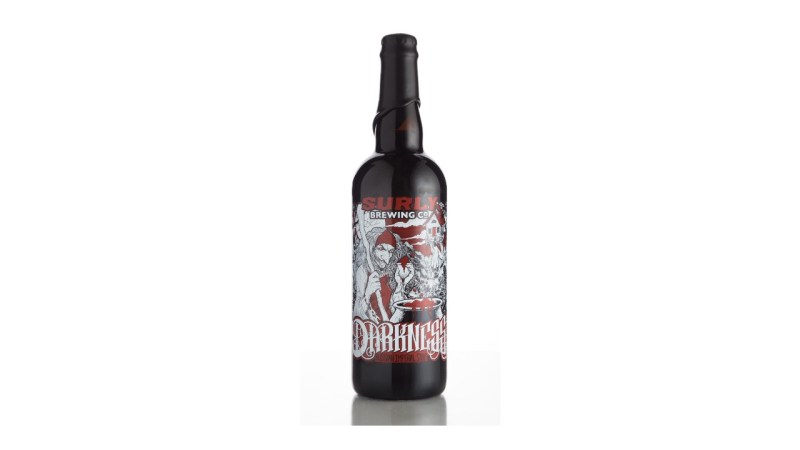
Imperial stouts which are different from regular stouts are brewed to be heavy and boozy, often surpassing 10% alcohol. They also have a heartier hop addition, giving them a bitter bite. Those attributes, however, allow the imperial stouts to stand up to more.
The beers are often big, but they also contain insanely complex flavors.
Best Example: Surly Darkness
Bourbon Barrel-Aged Stout
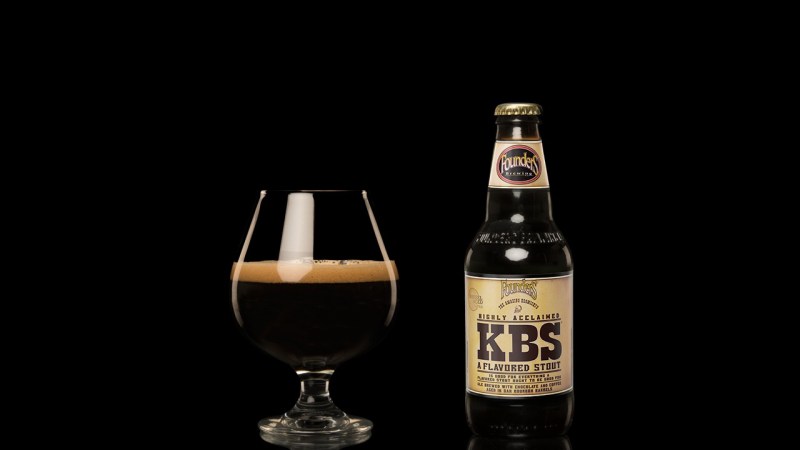
Bourbon-barrel stouts have become a quintessential beer for American craft breweries. What separates this style is in the name: It’s a stout aged in barrels once used for bourbon barrels — though other barrels have been experimented with as well, like rum.
Brewers have pushed the boundaries with barrel-aging, and it seems as no beer — stouts or otherwise — are off limits. In general, however, a beer should be big and sturdy enough not to be overpowered by the barrel flavors. That’s why bigger stouts are often the base beers.
Best Examples: Founders KBS, Goose Island Bourbon County Stout


